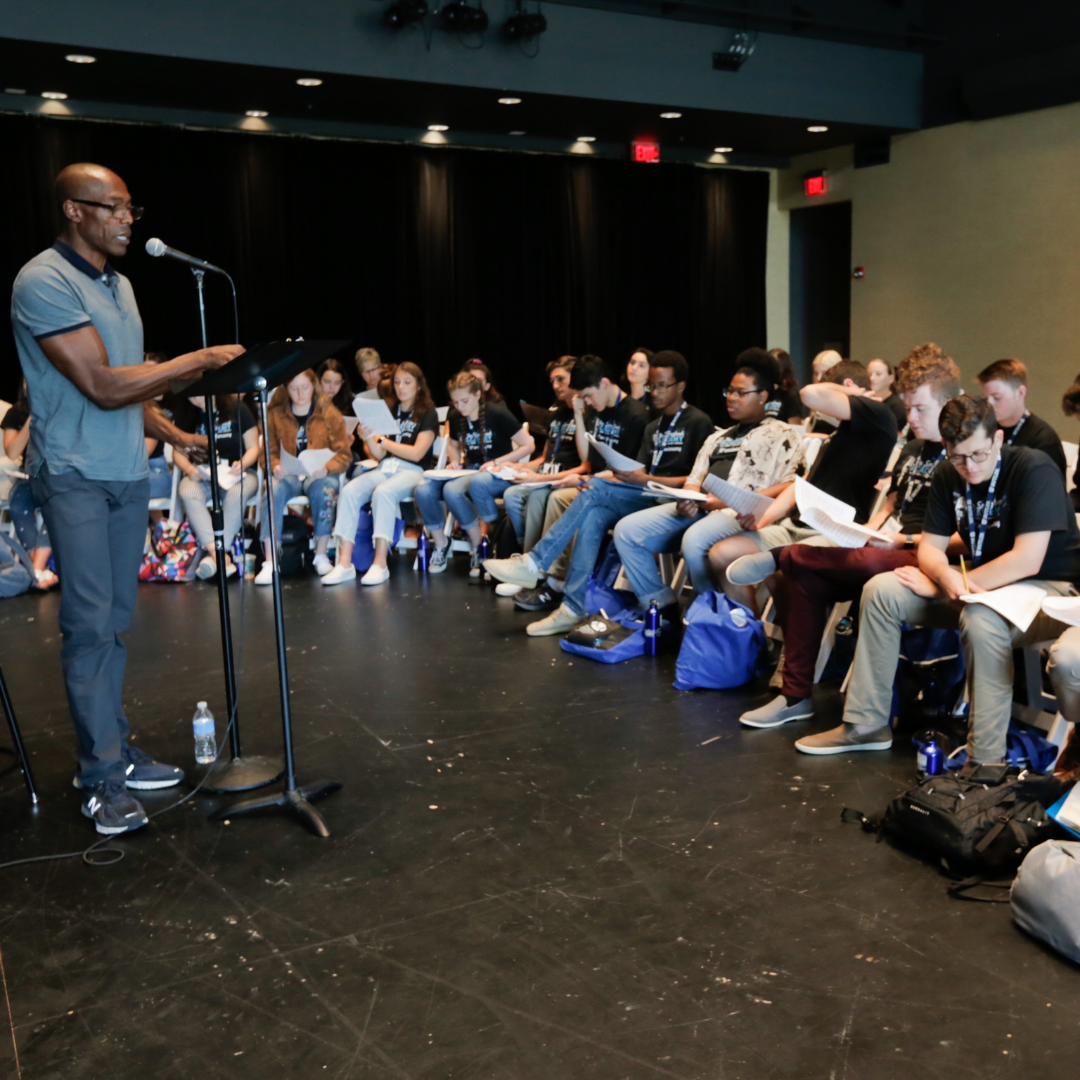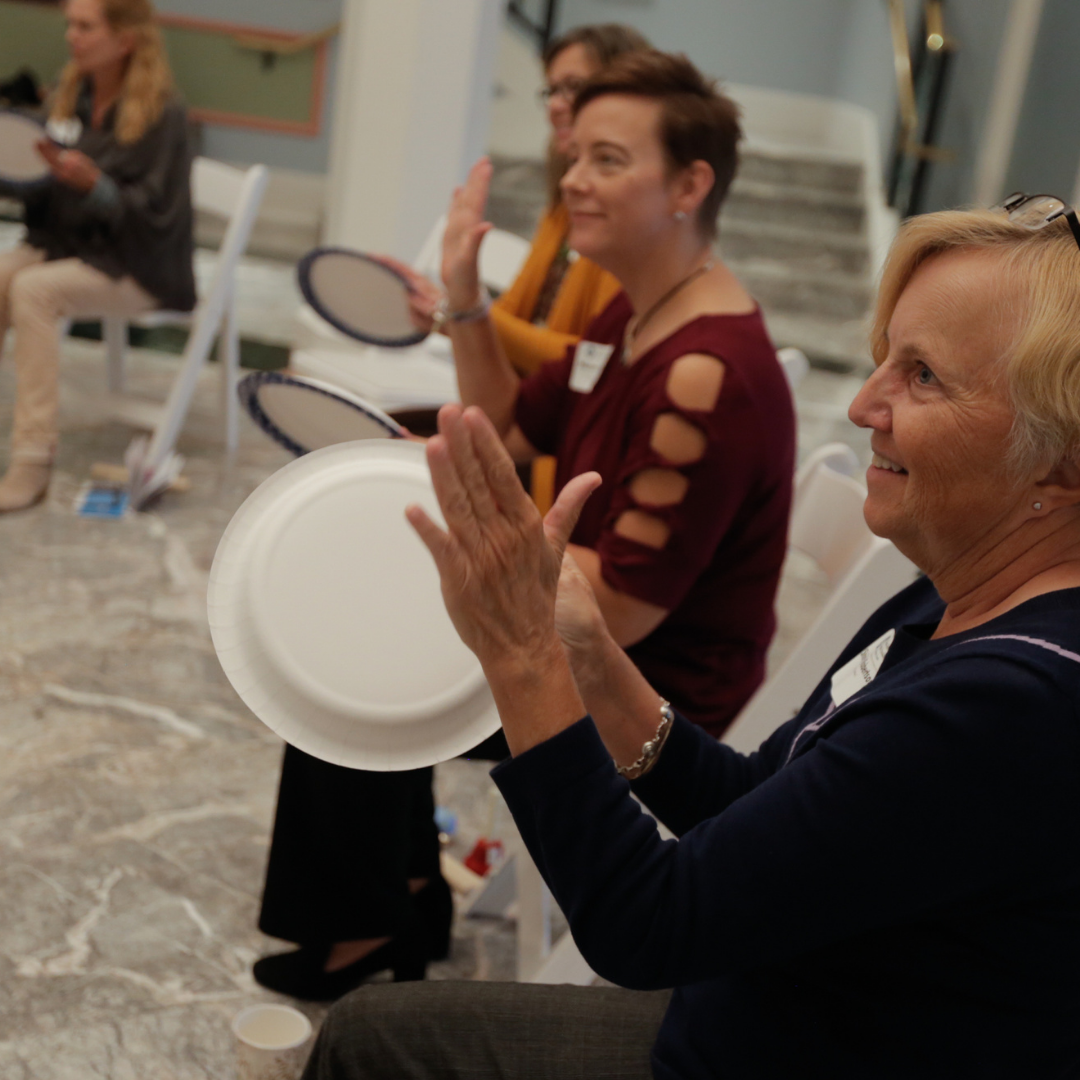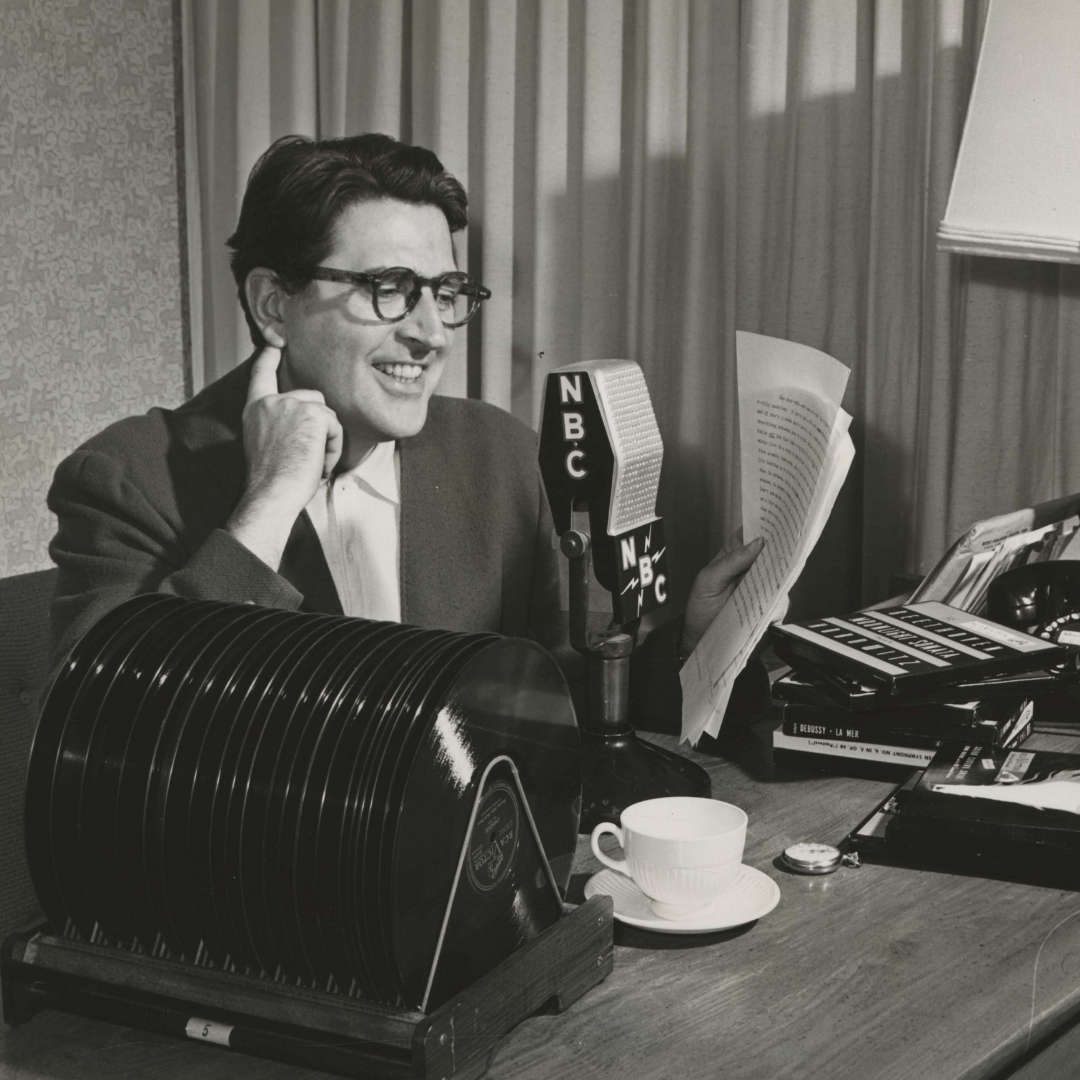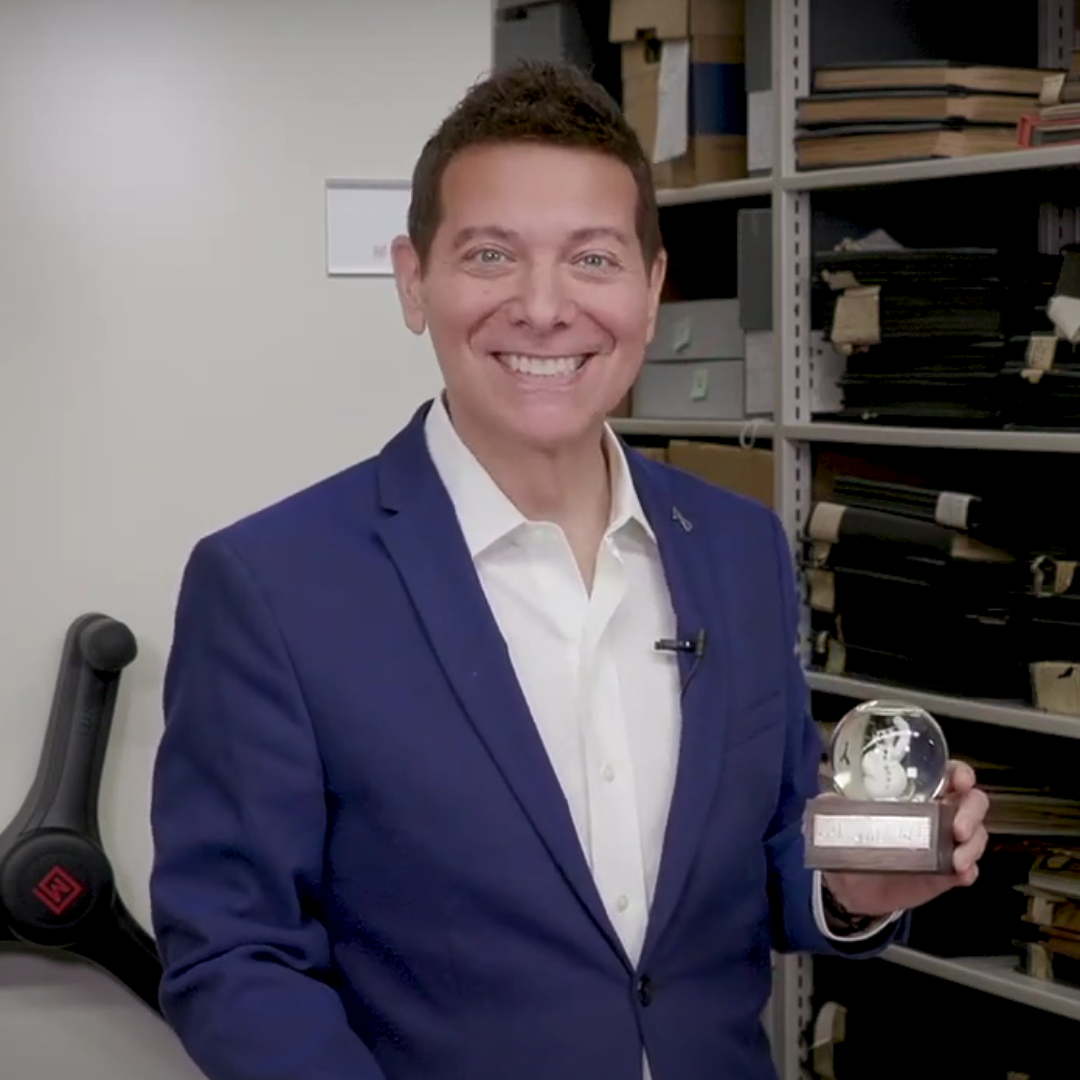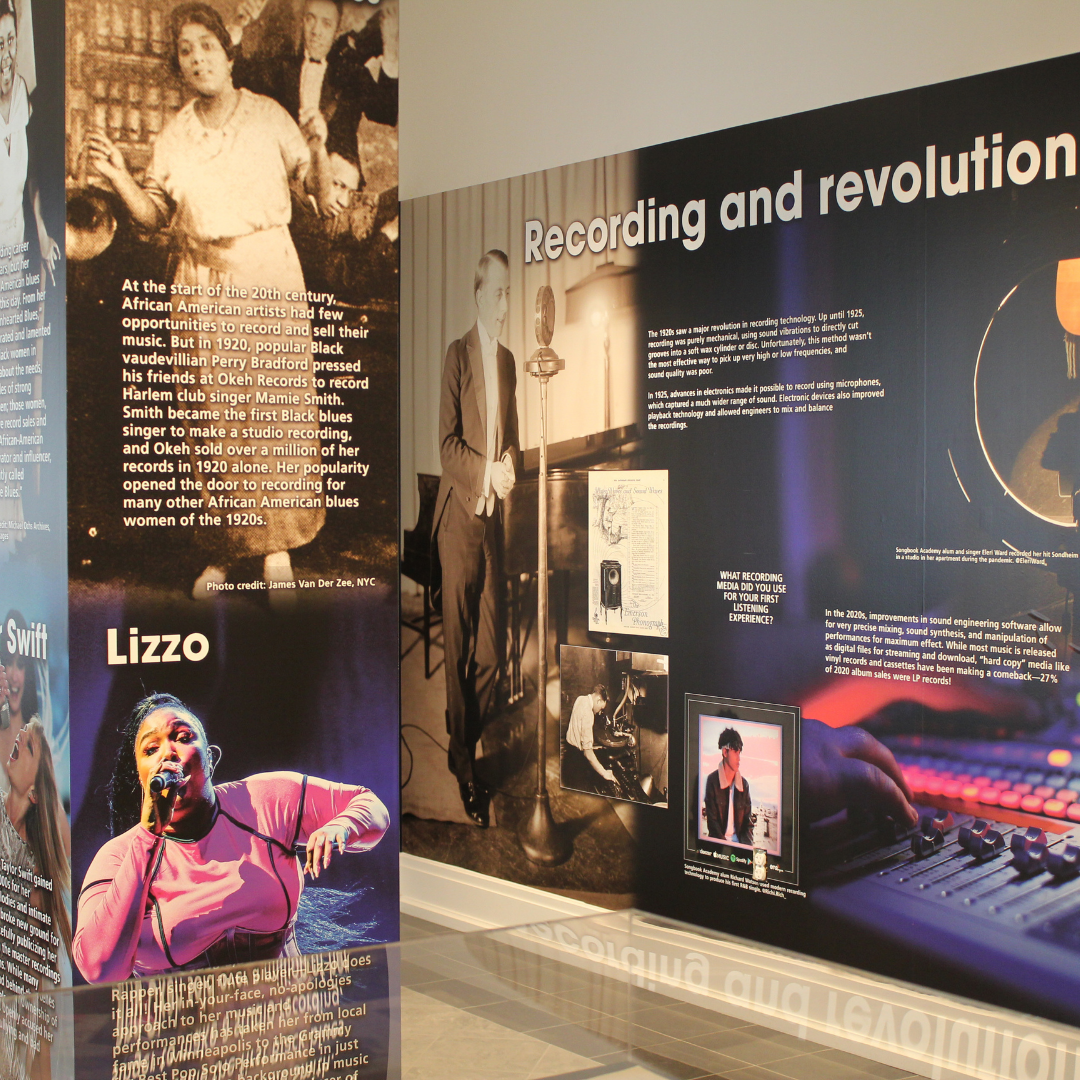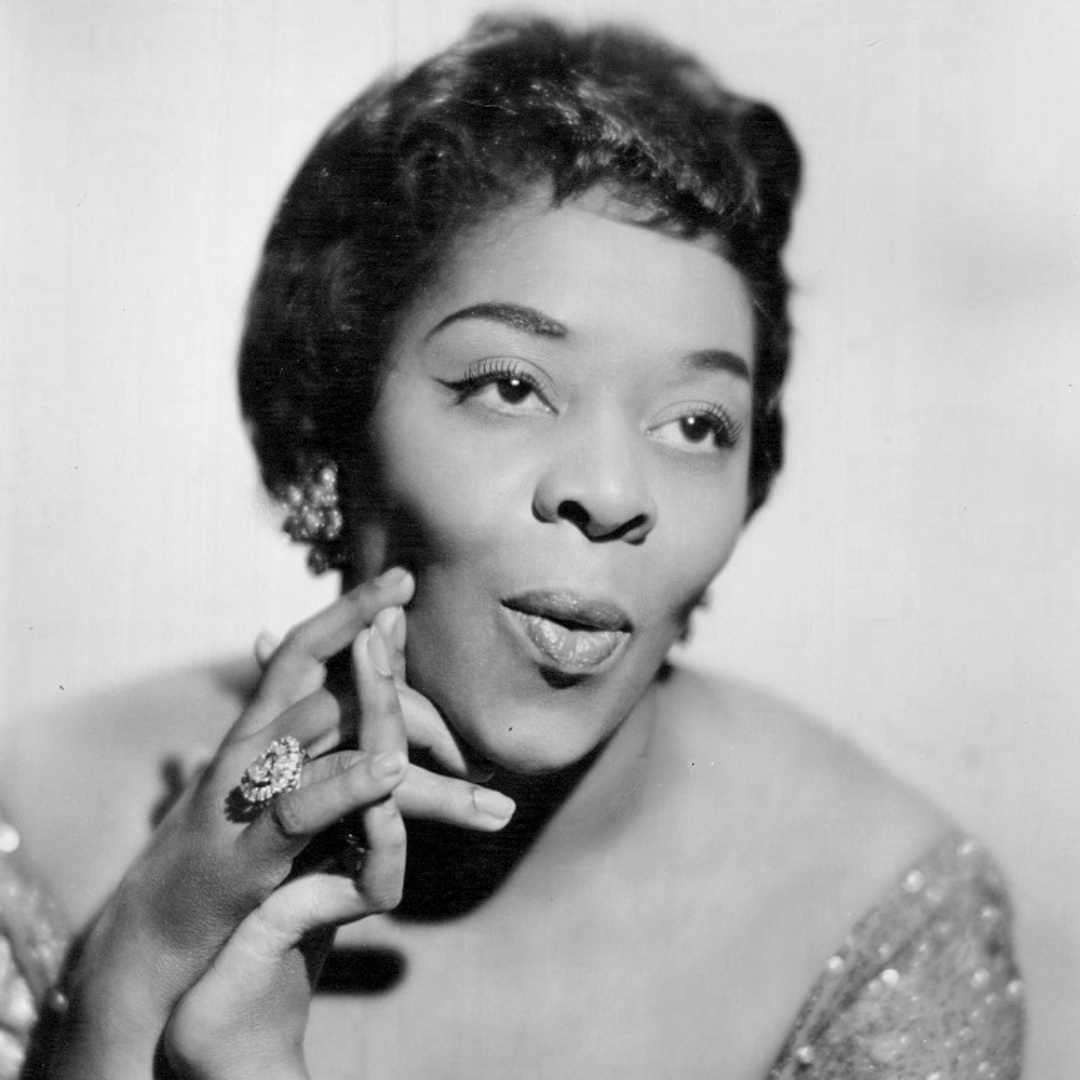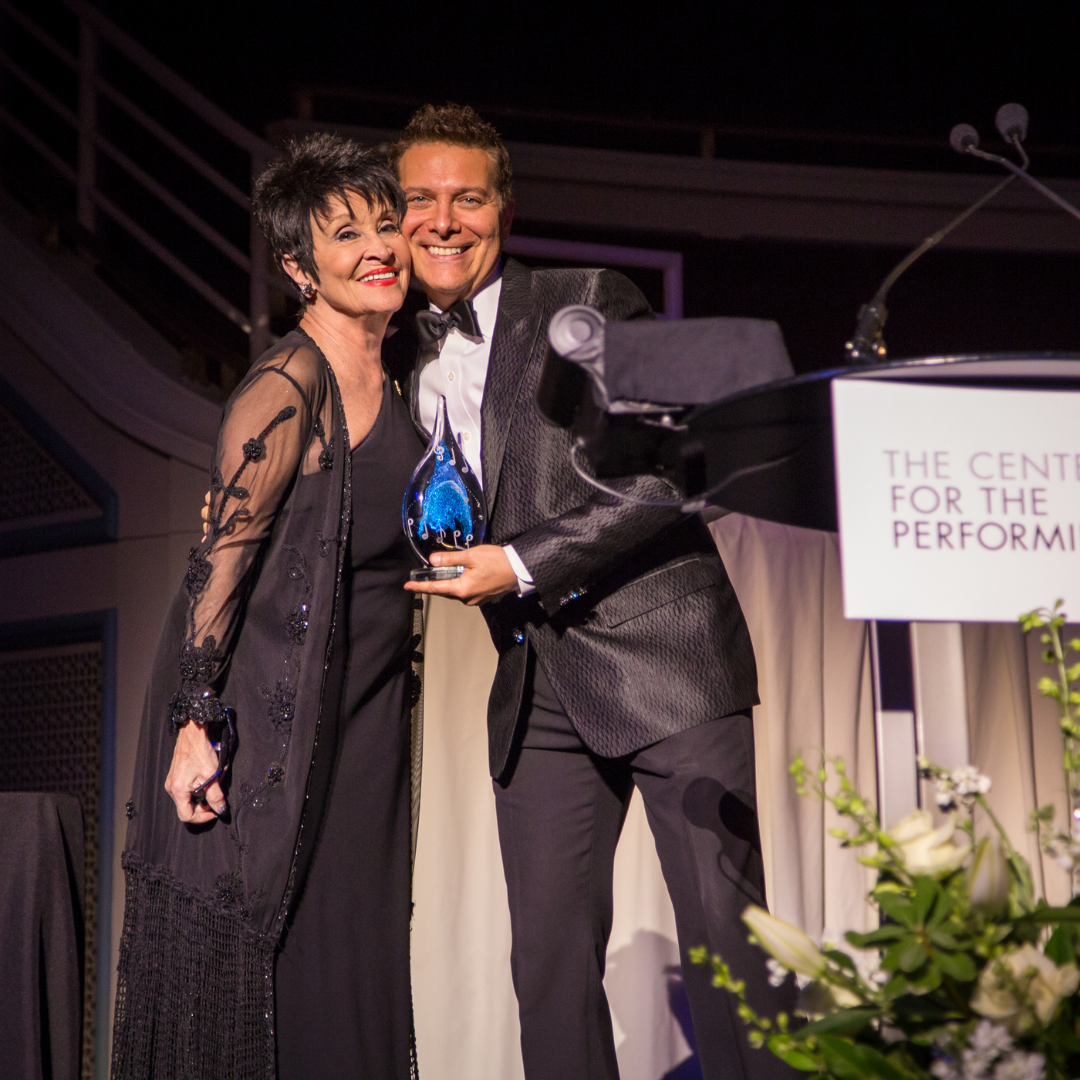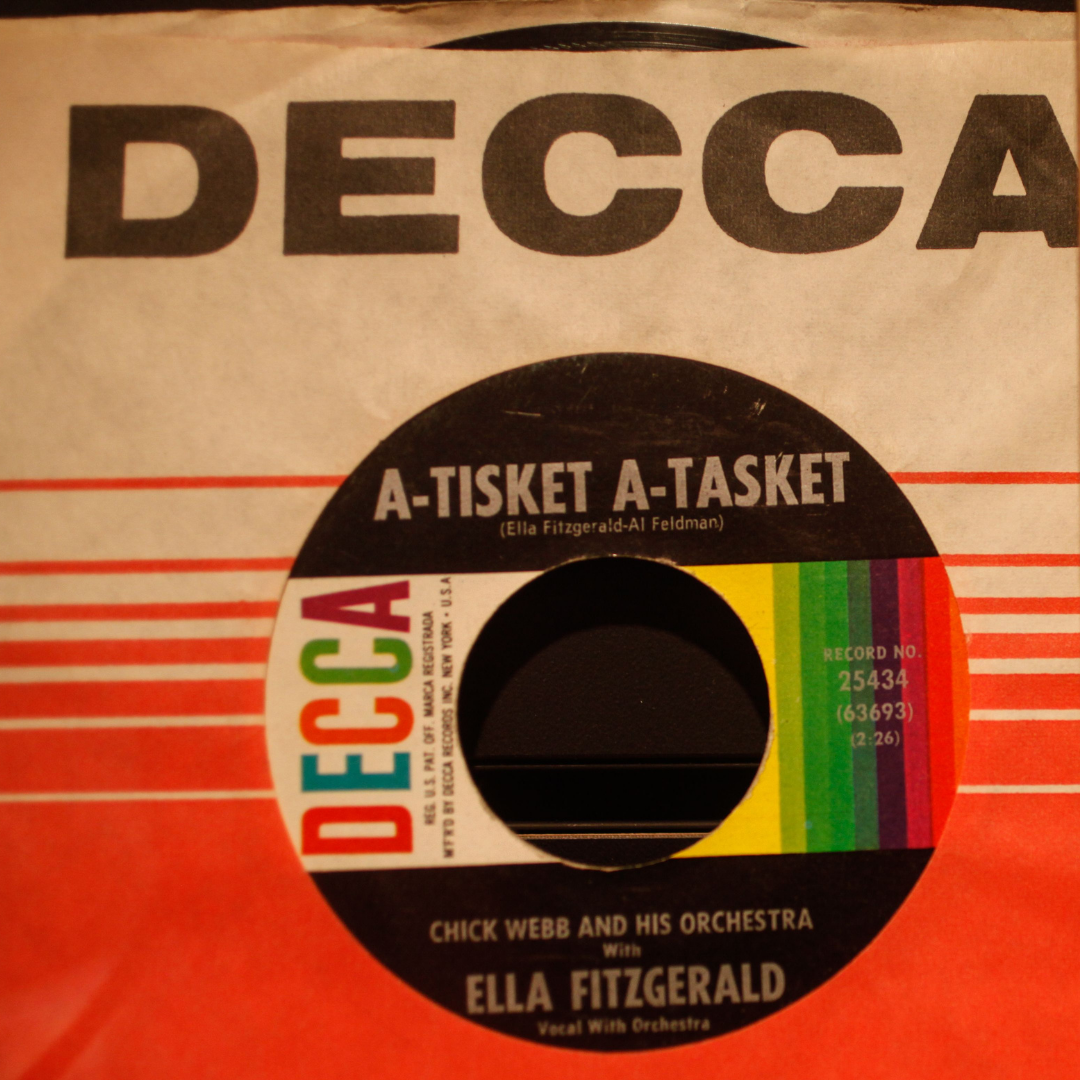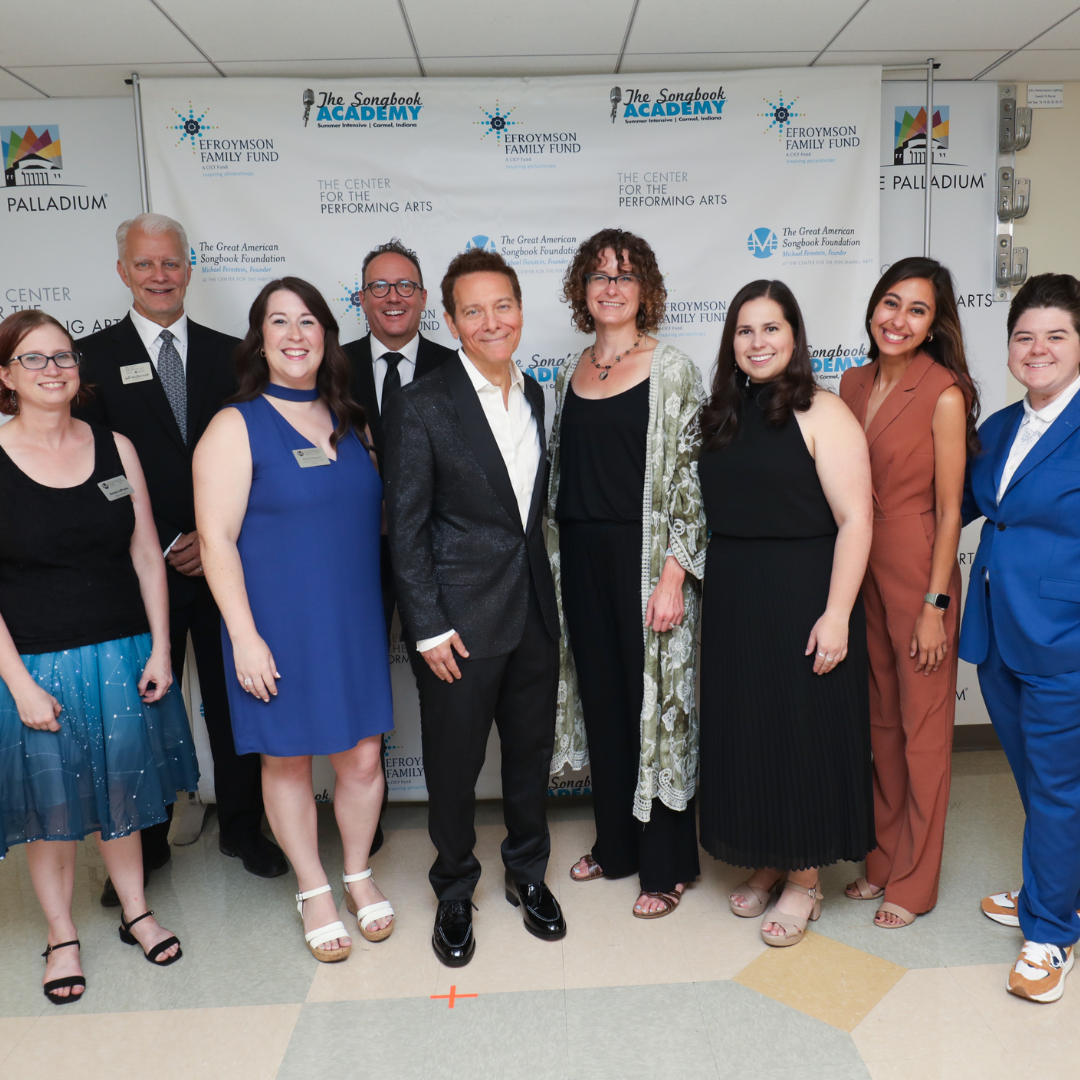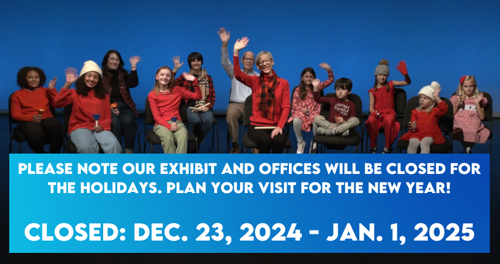Top Ten Tips for a Successful Self-Tape
September 23, 2020
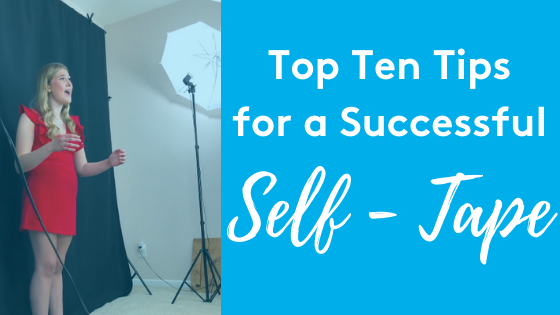
This list of the Top Ten Strategies for a Successful Self Tape was created by Songbook Academy vocal coach, Catherine Walker of the University of Michigan Musical Theatre Department. Catherine contacted a friend who is a screener for film/television at Fox and asked for her advise on the best tops for singers and actors who submit video auditions. Her contact observed that there are a number common and consistent problems which could easily be corrected. Since many of you will be required to submit self-tapes for various projects such as auditions and pre-screens for college programs, this list will serve to produce the most professional videos and help YOU stand out!
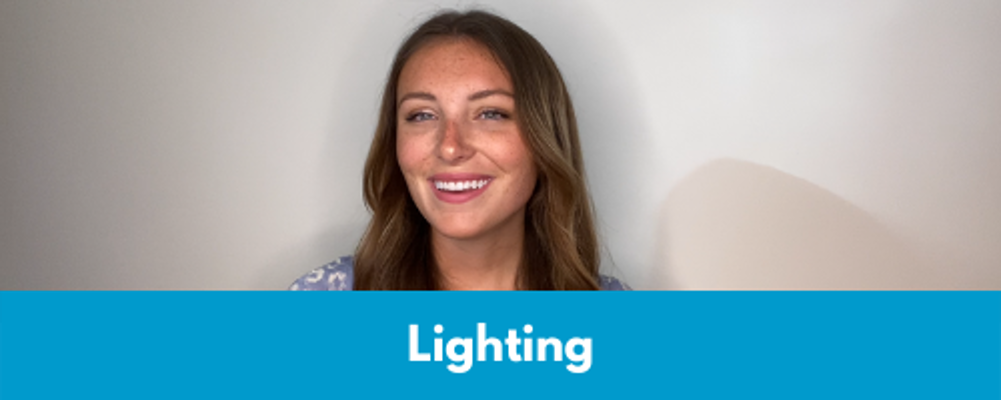
Make sure whatever lighting you have allows your whole face to be visible. Use light to reduce shadows on the face and background but be aware of washing yourself out.
Also, be aware of backlighting (ex. standing in front of a window) because you will be an outline and not visible to the camera. A ring light is also helpful but don’t feel like you need to purchase one for this.
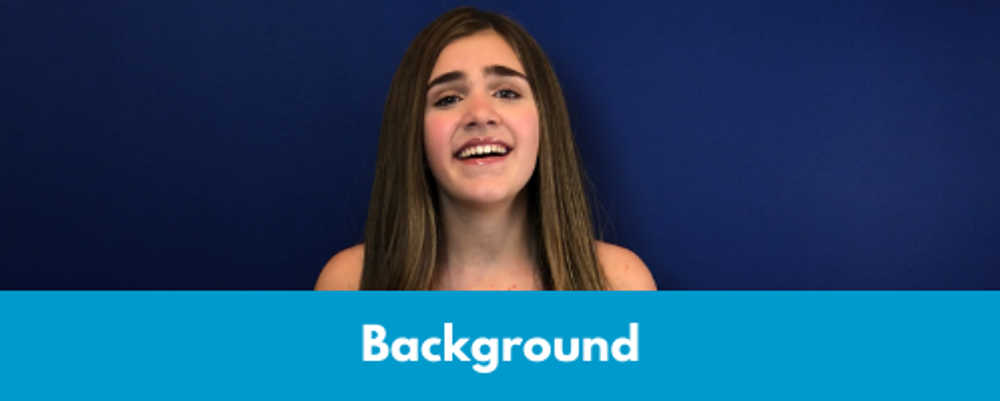
The background to your recording is important. It should be basic, simple and clear of clutter is best. Having a basic and simple background helps avoid distractions during self-tapes and keeps the focus on you. If you do not have a plain wall, you might consider taping up a bedsheet or backdrop. Preferable colors are a softer white, grey, or blue.
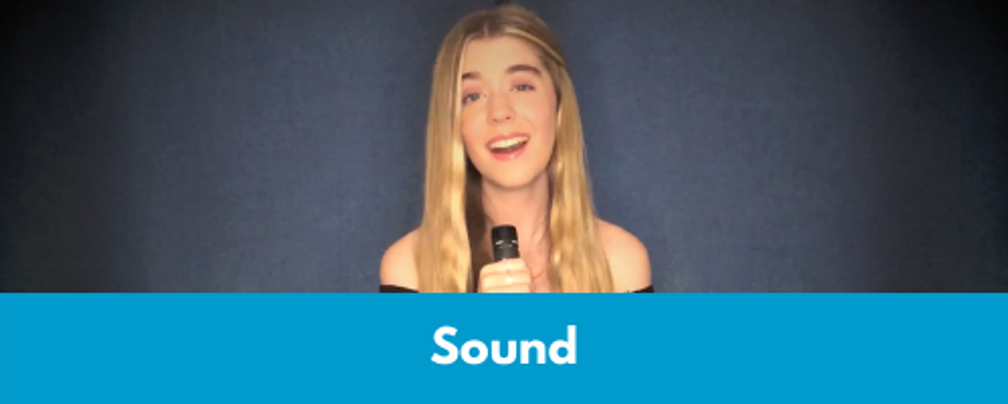
Audio needs to be clear and high quality - make sure you are audible (not too loud or too soft) and avoid having any background noises. Your vocals also need to be balanced with the accompaniment whether it is live or recorded. If you are playing a recorded track then an external speaker is the best option. Be mindful of where it is in relation to the microphone that is recording you. You want to be sure that we can hear you and the accompaniment but be careful it is not overpowering you. An external microphone is terrific when possible but not essential. That is something you may want to invest in down the road if you end up doing this frequently.
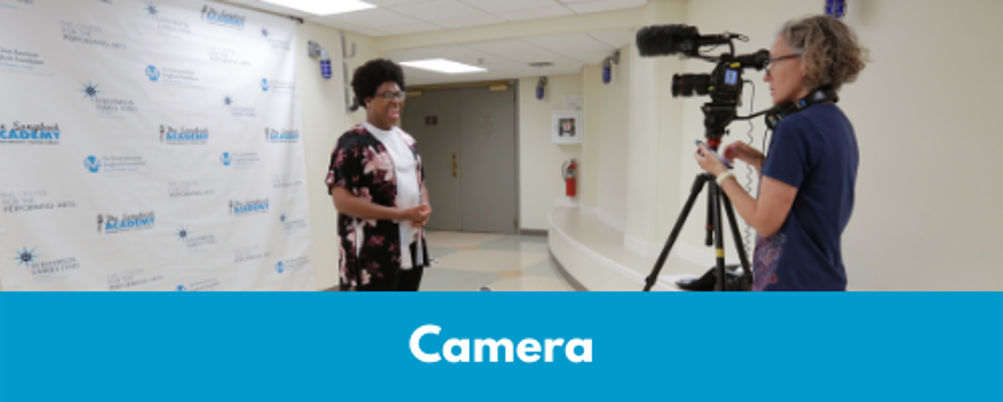
Access to a high quality camera is great but not necessary. Cell phones these days do an excellent job, especially with an external microphone. You may want to consider a tripod stand to ensure video stability and the best camera angle.
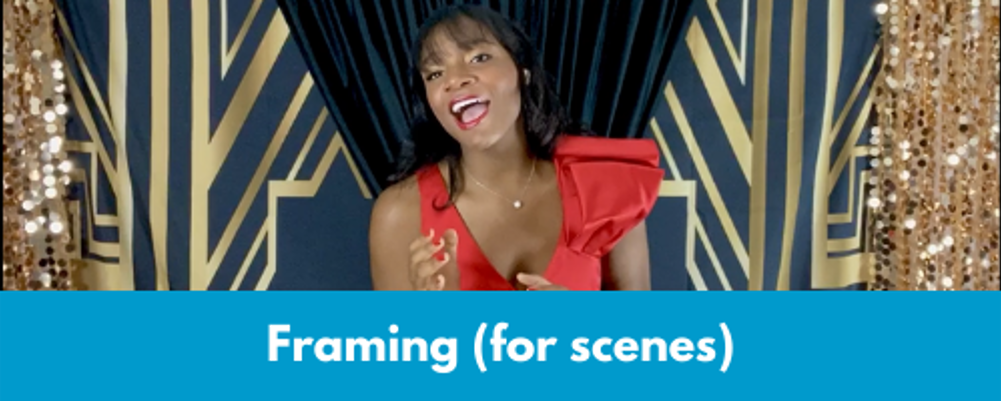
Typically a scene should be shot with the frame allowing a few inches of head room to mid chest. If the scenes require movement or some physicality the frame can be widened using discretion.
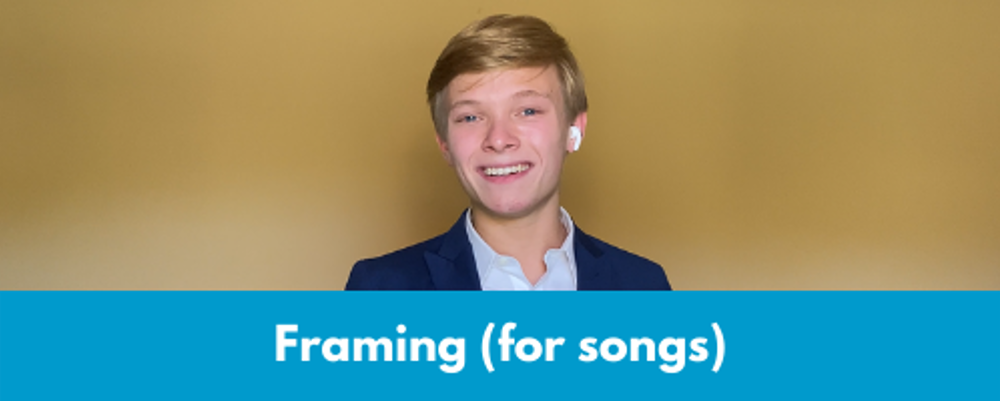
For musical theatre songs and performances I tend to like a wider frame - if the performer is standing to sing, they have some head room and the frame is zoomed out to about the hips or even a little further. This allows for the performer to have a bit more room and space to make bigger physical choices.
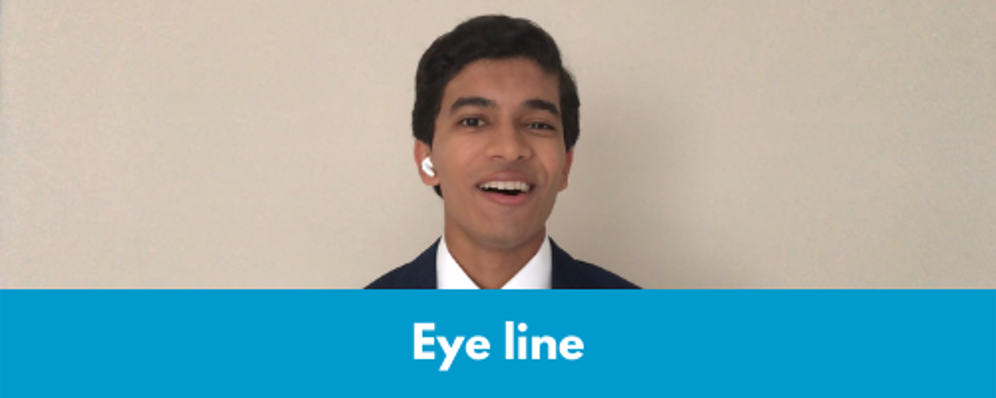
Keep your eye-line slightly off center of the camera. In other words, don’t look right down the barrel. Using a clock as a reference, if the camera is 12:00, you would be looking at 11:30-45 or 12:15-30. The height of the camera is also important. Your eyes need to be visible without looking down. Looking down can give the illusion that your eyes are closed.
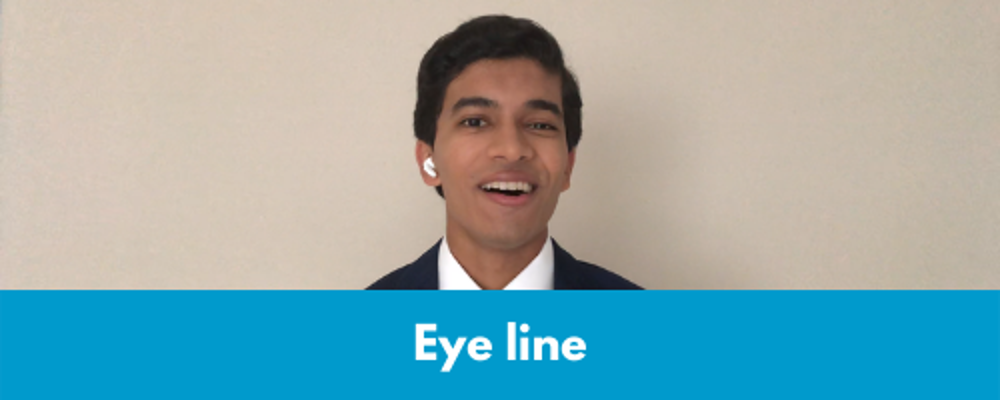
Facial Expressions: Remember that recording a self-tape is similar to acting for the camera (television or film). The smallest shift in your facial expression is observable. An expression that would seem natural on stage will appear exaggerated and pushed in this platform. Note: While you are watching television, study the facial expressions of the actors. You will notice that, for the most part, their faces are rather quiet in comparison to stage actors.
Hand Gestures: For people who habitually speak using their hands, this is a tough habit to break but in a close-up taping situation, this can be distracting. If you want to land a point by using a hand gesture be sure to be mindful of the speed at which you move your hand or body and how close you get to the camera. Your hand will appear disproportionately large if you lift it in front of you (closer to the camera). Additional body movements can also be very distracting.
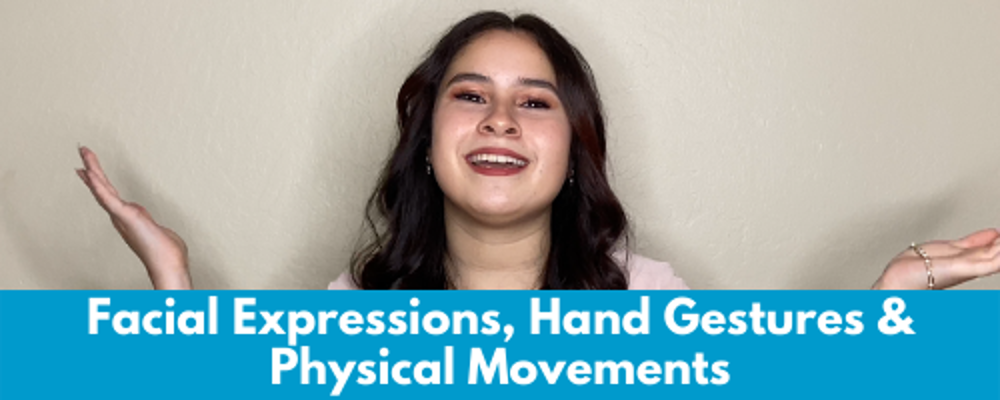
When submitting multiple clips, collect your video clips together in one file. Having the ability to add fades in between each scene is nice but not necessary if you do not know how to edit.
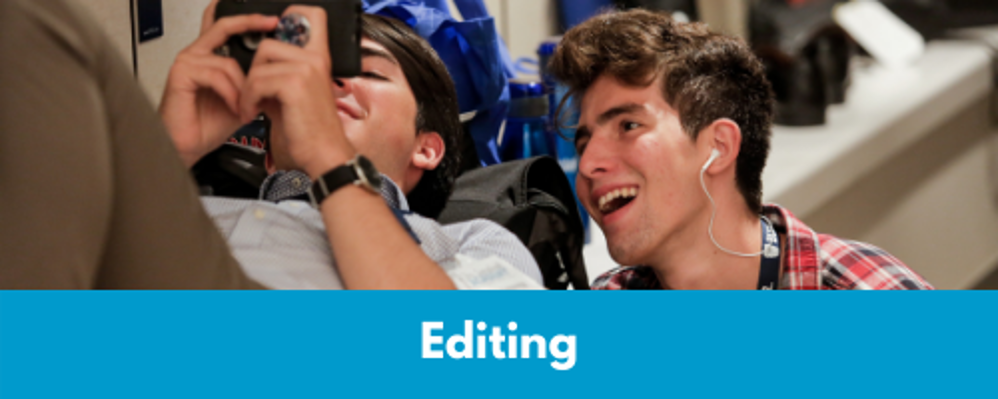
If slating is required, then the actor will state their name, location and/or height directly to the camera. Some slates for film also want a full body shot, so you can either widen the frame to have yourself in the shot completely or tilt the camera down and back up to get a full shot of the person. This is often specific to the requirement of the audition and it is worth asking if it is not specified.



